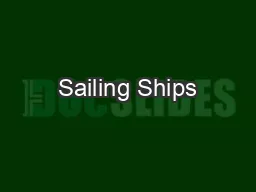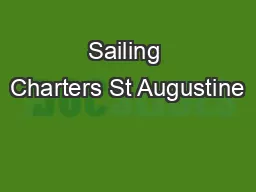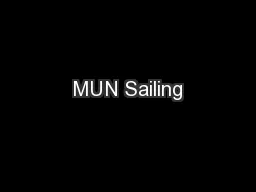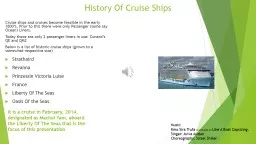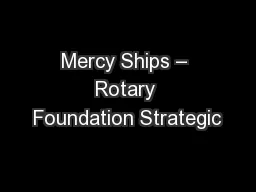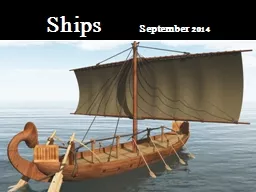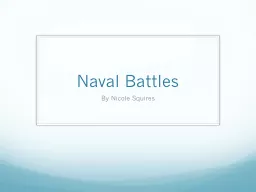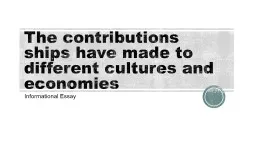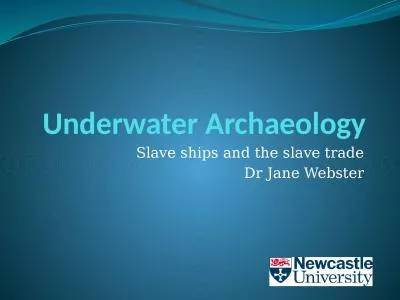PPT-Sailing Ships
Author : karlyn-bohler | Published Date : 2017-06-20
During the 1850s Americanbuilt clipper sailing ships were arriving in Australia These ships had tall masts carrying a huge area of sail and they were called clippers
Presentation Embed Code
Download Presentation
Download Presentation The PPT/PDF document "Sailing Ships" is the property of its rightful owner. Permission is granted to download and print the materials on this website for personal, non-commercial use only, and to display it on your personal computer provided you do not modify the materials and that you retain all copyright notices contained in the materials. By downloading content from our website, you accept the terms of this agreement.
Sailing Ships: Transcript
Download Rules Of Document
"Sailing Ships"The content belongs to its owner. You may download and print it for personal use, without modification, and keep all copyright notices. By downloading, you agree to these terms.
Related Documents

